A Royal Air Force RC-135 surveillance aircraft was deployed today to monitor Russian forces in occupied Ukraine.
The RC-135W Rivet Joint and its sensors are designed to undertake ‘signals intelligence’ missions. In other words, they ‘soak up’ electronic emissions from communications, radars and other systems.
The aircraft took off from RAF Waddington and was refuelled by a U.S. air tanker before proceeding to the Black Sea via the Netherlands, Germany, the Czech Republic, Slovakia, Hungary, and Romania.
This isn’t a new occurrence; in fact, it is quite routine. The UK has been gathering intelligence about Russian forces since long before the invasion of Ukraine.
It should be noted that these flights are designed to be visible so that the public and Russia know they’re happening. If it were a secret, I would not know. Also, for those remarking, ‘this isn’t new’, that’s right, but people only know this often happens because it is reported often.
What does the RC-135W do?
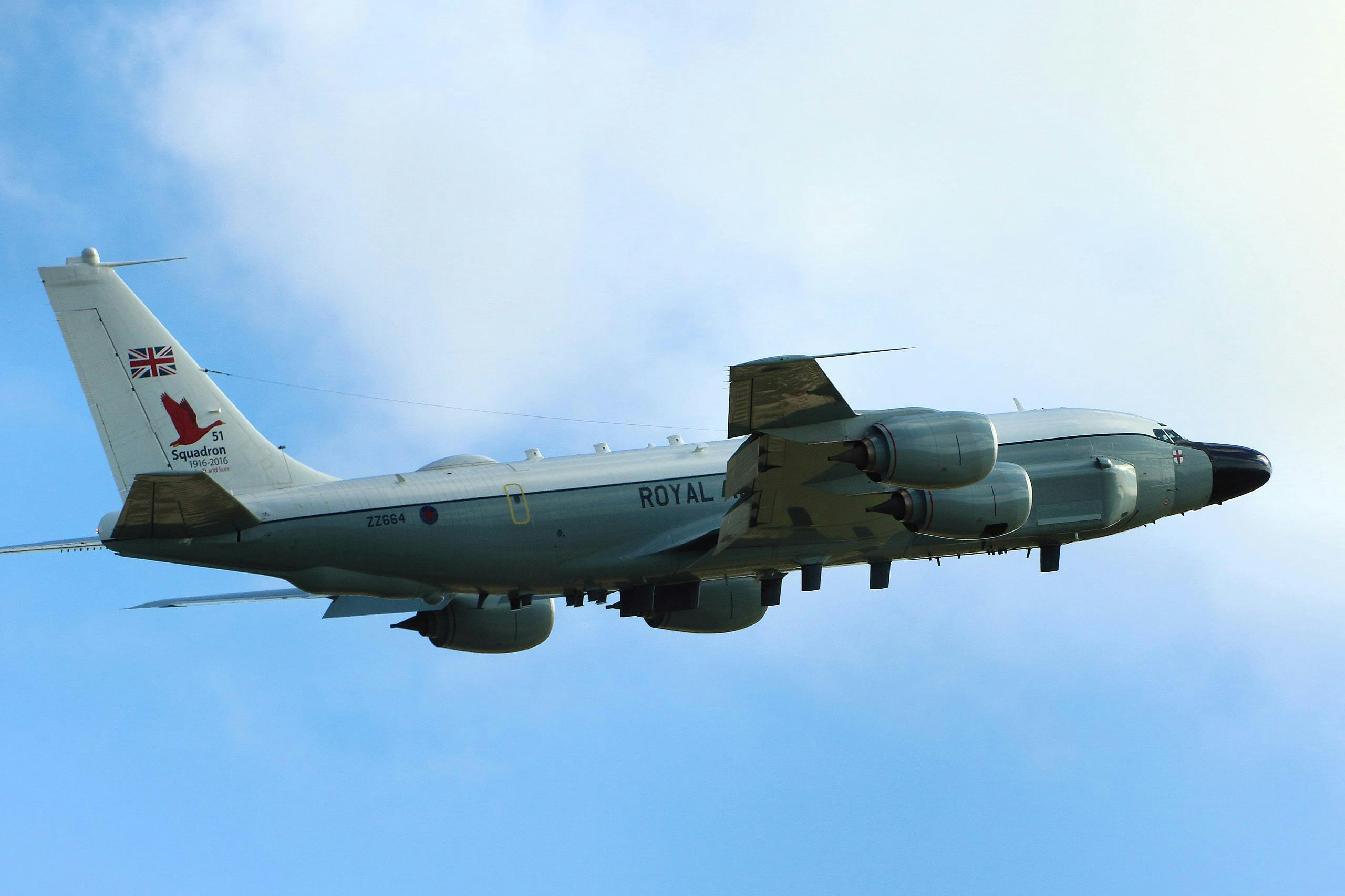
According to the Royal Air Force website, the RC-135W Rivet Joint is a dedicated electronic surveillance aircraft that can be employed in all theatres on strategic and tactical missions. Its sensors ‘soak up’ electronic emissions from communications, radar and other systems.
“RC-135W Rivet Joint employs multidiscipline Weapons System Officer (WSO) and Weapons System Operator (WSOp) specialists whose mission is to survey elements of the electromagnetic spectrum in order to derive intelligence for commanders.”
The Royal Air Force says that Rivet Joint has been deployed extensively for Operation Shader and on other operational taskings. It had been formally named Airseeker, but is almost universally known in service as the RC-135W Rivet Joint. The UK operates three of these aircraft.




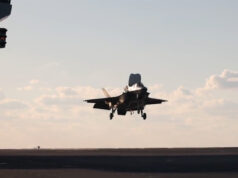
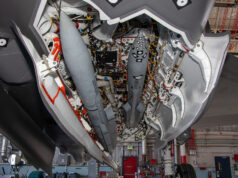

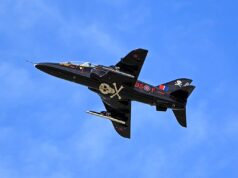
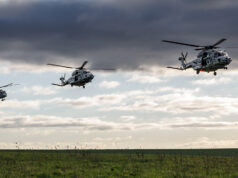

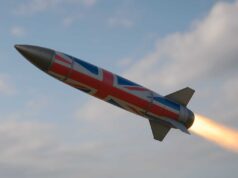
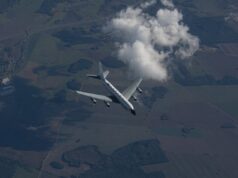


Morning Lisa,
Looks like you managed to cover all the probable comments !!!! 😁😁😁
She hasn’t covered the most interesting bits though. 😉
It’s being reported on TWZ that the US and NATO are not going ahead with Wedgetaill and are looking at Saabs global eye instead!That will leave us having a bespoke platform on our own with very limited numbers!